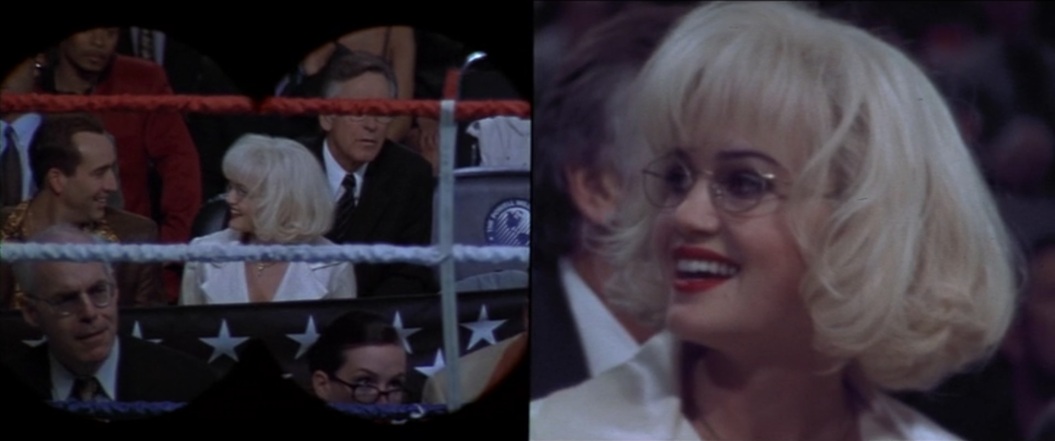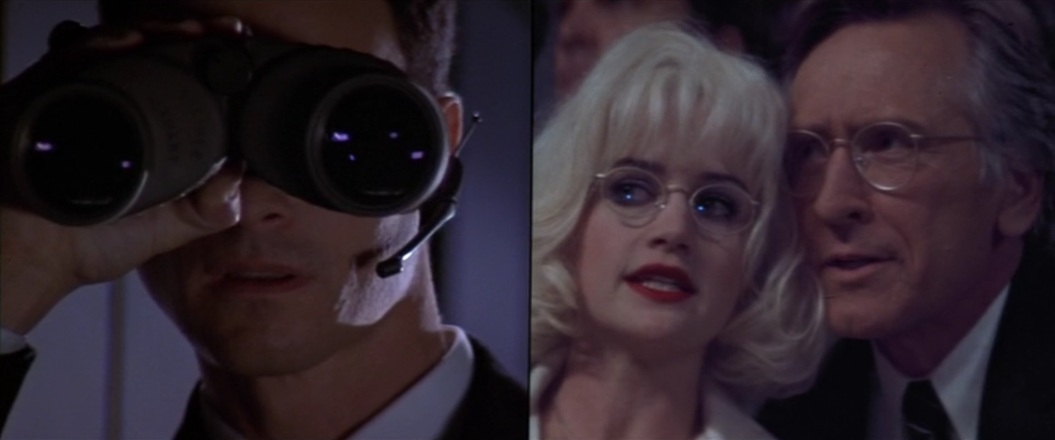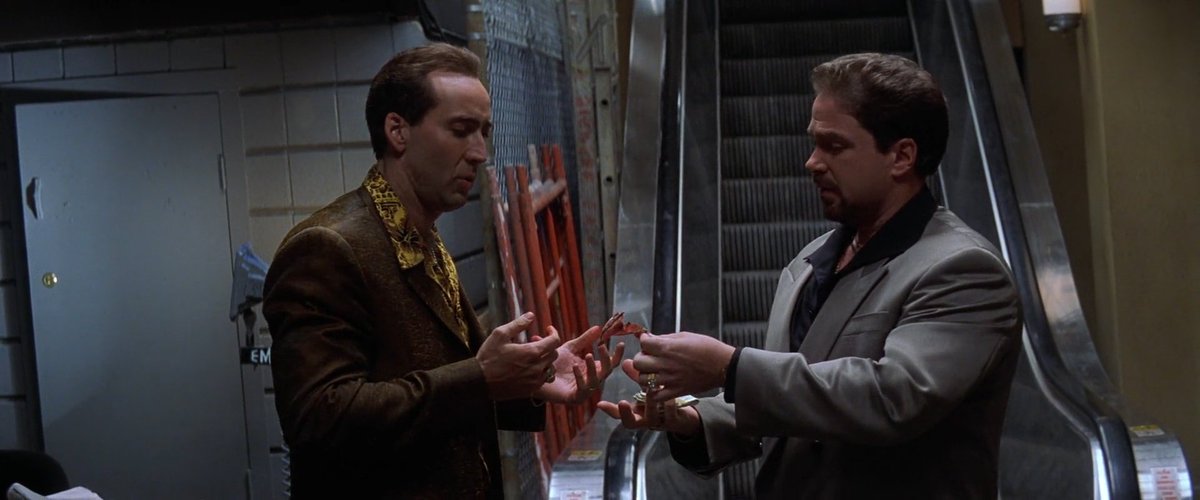THE GATE'S ANDREW PARKER JOINS GROWING CHORUS OF RENEWED VIEWS ON SNAKE EYES
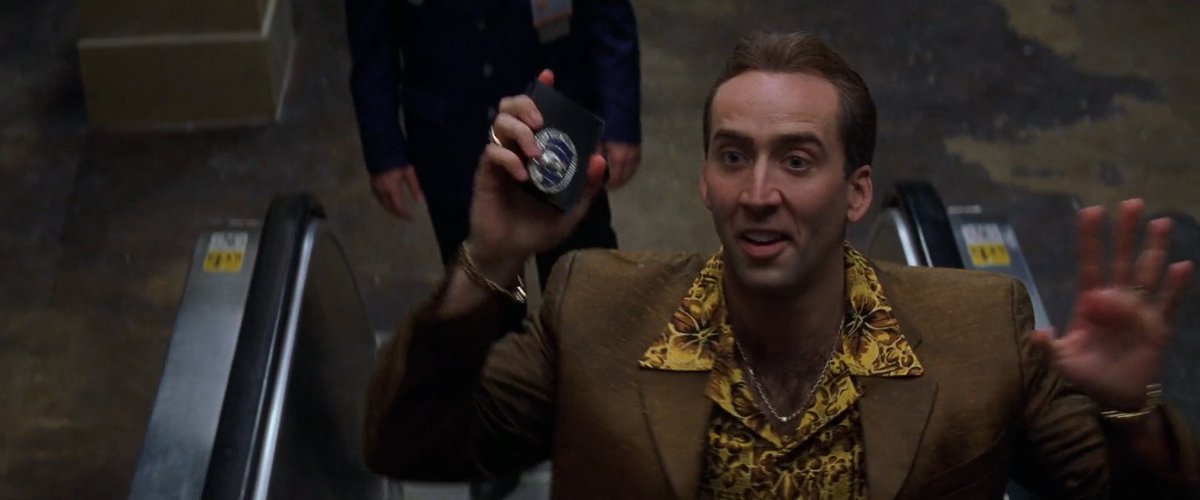
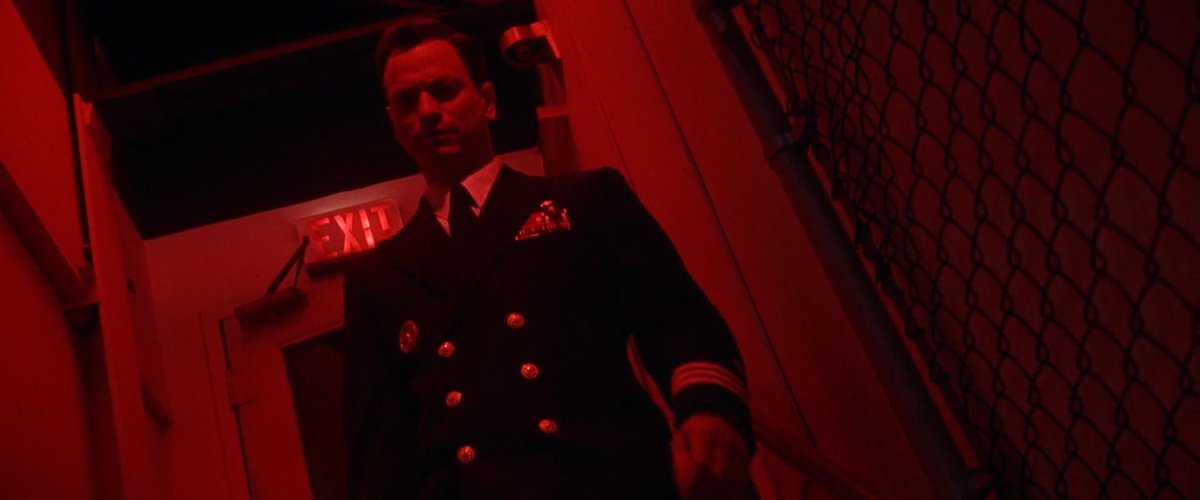
"The 1998 thriller Snake Eyes is the most underrated and misunderstood film in esteemed filmmaker Brian De Palma’s career," writes The Gate's Andrew Parker. "Unfairly derided as a B movie beneath the talents of everyone involved, Snake Eyes is the closest thing De Plama ever made that could act as a follow-up to his most critically successful effort, 1980’s Blow Out."
Here's a bit more from Parker's "Renewed Revue #12" -
The comparisons to Blow Out throughout Snake Eyes are numerous and as obvious as the giant American flags that keep appearing throughout some of De Palma’s wide shots and close-ups. But enough time had passed between those projects that what once was old hat for De Palma suddenly seems new again. Working from a script De Palma co-wrote with David Koepp (who’s seeing a career renaissance at the moment thanks to his recent collaborations with Steven Soderbergh), the filmmaker utilizes the same sense of style and pacing for a late nineties sensibility and mindset where all subtlety has been thrown out the window in favour of rampant capitalism. Atlantic City, a place New Jersey native De Palma has gone on record saying he has little love for, is depicted as a gloomy, exploitative cash grab where everyone is on the take.In addition to a solid assist from Koepp – who knows their way around a twisty narrative where spin and subterfuge are key components – De Palma gets major stylistic support from frequent collaborator Stephen H. Burum’s clever, story focused cinematography that hides clues in plain sight throughout, and legendary composer Ryûichi Sakamoto’s outstanding, perpetually slept on score. All the hallmarks of classic De Palma are on display (split screens, overhead tracking shots, canted angles, a mysterious woman who may hold the key to solving everything, played nicely by Carla Gugino), but Snake Eyes was still dismissed by many at the time for being an old dog showing they weren’t capable of new tricks.
Sure, Snake Eyes is guilty of a couple of cardinal sins. It inarguably gives away its biggest reveal far too early, and the obviously re-shot ending doesn’t send things out with a grand payoff. But everything outside of that is solidly constructed thriller material, anchored by some wonderful work by Cage. Fans who like their Cage erratic and hyperactive will adore the earlier stages of the film, but the actor balances all of this out nicely as Ricky grows wearier and more self aware over the course of the evening. The pairing of this performer with the material is impeccable.






